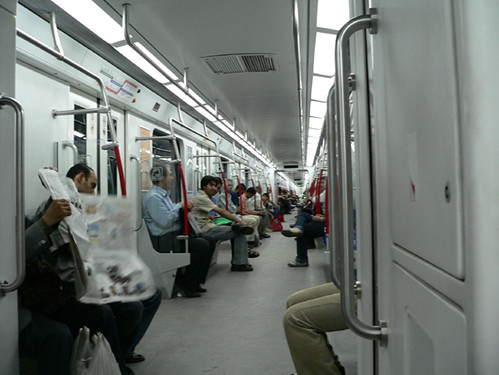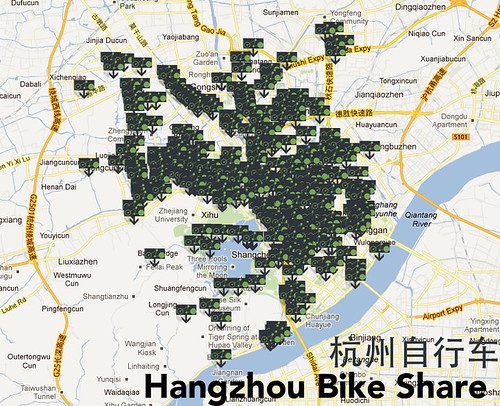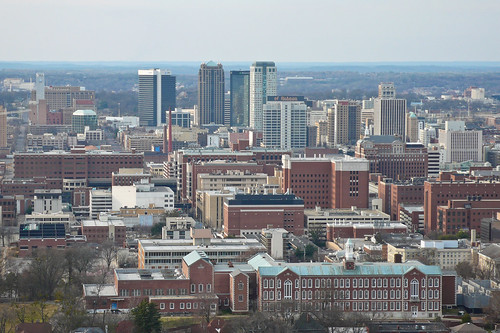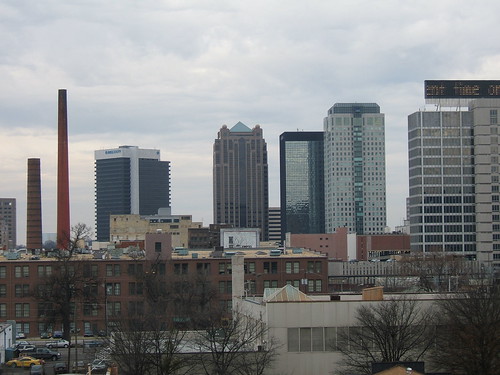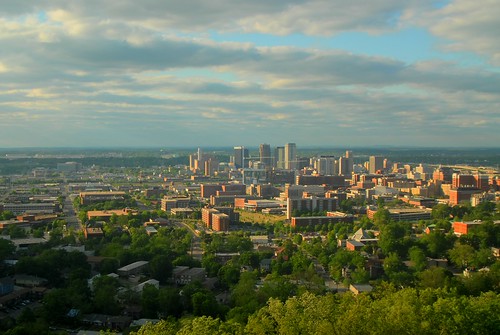Quality of life Indicates the satisfaction of people about living conditions, and in sustainable urban development, continuity of citizen’s life with social welfare is considered. Quality of life in cities and approaches related to sustainable urban development are associated together. In recent years, increasing use of vehicles in major cities has had many effects on citizen’s quality of life. In this case, large cities in developing countries such as Tehran are faced with more problems than modern cities. One of the impressive aspects of urban sustainable development is using sustainable public transportation system. So, the development of public transportation as a sustainable approach not only encourages people to make use of it, but also it is on the agenda for policy makers and city managers to enhance and make it sufficient for the city’s demand. This paper will assess the impact of the use of sustainable public transportation systems on citizen’s quality of life in Tehran by using indicators such as security, health, citizen’s costs, and so on. Among the existing public transportation systems in Tehran, the subway and Bus Rapid Transit (BRT) systems are chosen to be assessed, because of their important function in this city. In the field, needed Information are obtained from two sources, first from available data in the relevant organizations and the second from people's opinions. The results of this assessment indicates the impact of these two public transportation systems on each of the indicators and the role they play to enhance citizen’s quality of life.
more about Tehran:
